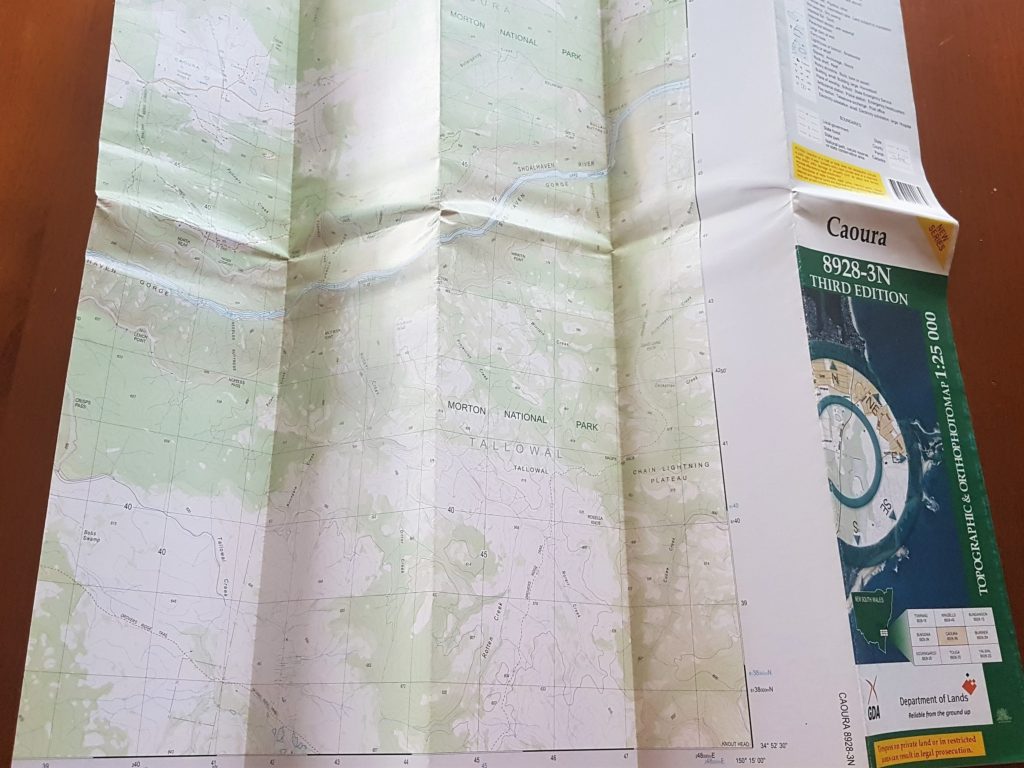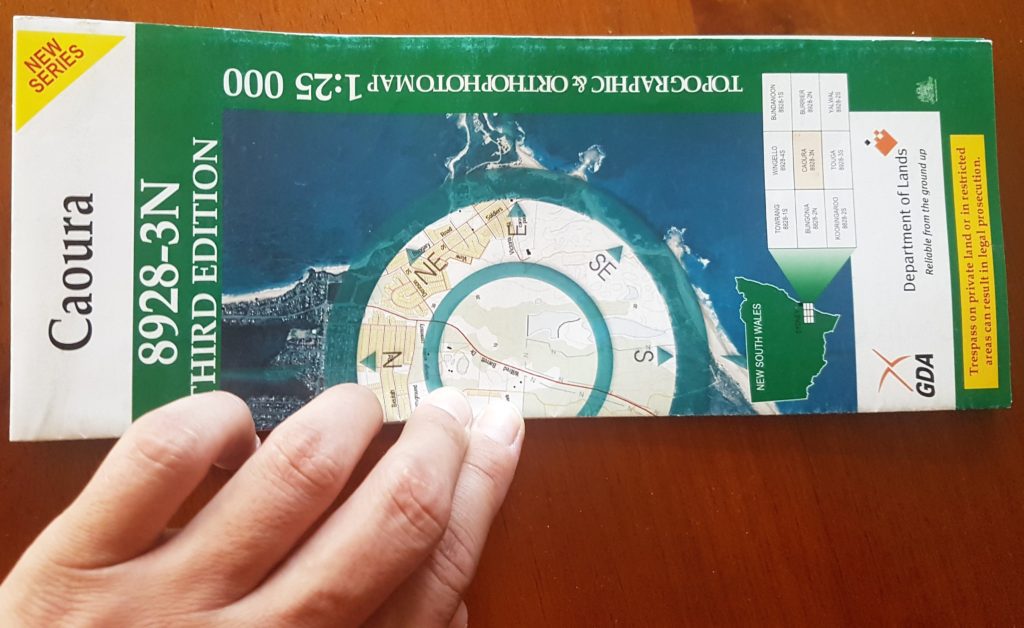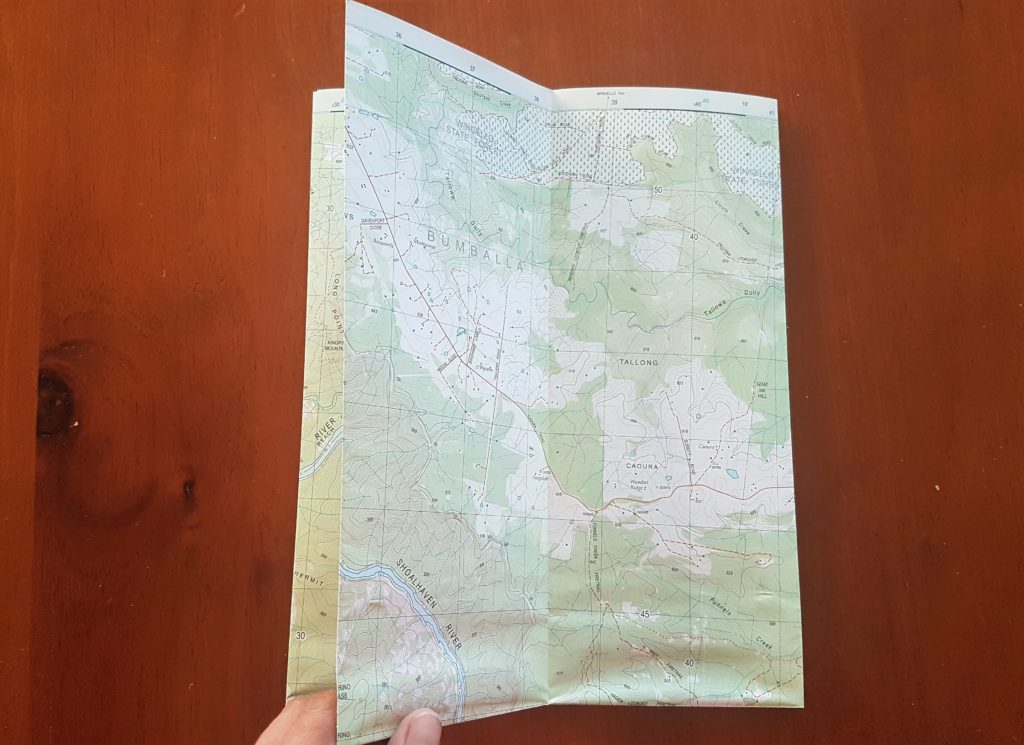One of the few pieces of gear that is absolutely necessary on every trip is a topographic map. On many easy trips you may never take it out of your pack, but in an emergency — such as when injury or unforeseen circumstances force a change of route — you’ll be very thankful you have it (make sure you know how to use it!).
Anyone who has ever used a topo map knows that the way they are folded when you buy them is far from ideal. They are large and unwieldy pieces of paper, and to read them you often need to open them up completely. In good conditions it’s possible to get away with a poorly folded map, but when the rain comes down, the wind is howling, or you’re stuck in thick scrub, you can very quickly destroy one of the most important items in your kit. The process of using the map also becomes slower, so people either look at it less — increasing the risk of navigational errors — or they waste time folding it back up.

The following technique for refolding topo maps was taught to me during my Army Reserve training. I have been informed the same advice is provided by the US military. Whatever you might think about the armed forces, they have spent rather a lot of time over the years navigating in far flung places, so are likely to have learnt a thing or two about map management.
So here’s the simple four-step process — which takes less than a minute — to make your maps much easier to use. (There’s also a video at the bottom of the post that I made a few years back covering this process.)
Step 1: Open your map up completely and lay it out on a clean, flat surface (dining tables work very well). Make sure the topographic side is facing down.

Step 2: Fold the map in half along the horizontal axis (topographic information should now be visible on both sides).

Step 3: From either end of the map, you simply fold each panel in an alternate direction for the full length of the map. My preference is to place the panel with the map name face down and also to start at his end. This ensures the name panel is facing outward on the completed map.

Step 4: Finally, press down firmly along all four sides to ensure the folds are firm. This not only ensures the map retains its new structure, it also makes it more compact.

Your map is now finished and ready to use. Not only does the map now fit perfectly in most map cases, allowing you to keep it clean and dry while walking, but it is much simpler to move over to the next panel when you are walking. Take a few minutes to play with the map so you can see how easy it is to follow the map as you move across the terrain.

So next time you’re in the bush and you see someone using a map that is still folded in a store-bought manner, don’t just shake your head, take a minute and explain how it should be done. They’ll be very grateful you did, and it may just save them from having a very unhappy adventure after their map is destroyed by the elements!

Oh thank you, thank you! I knew there was a better way to fold these. Off to refold all mine now!
Does this work with maps folded in thirds vertically? Like Tassie and Vic maps?